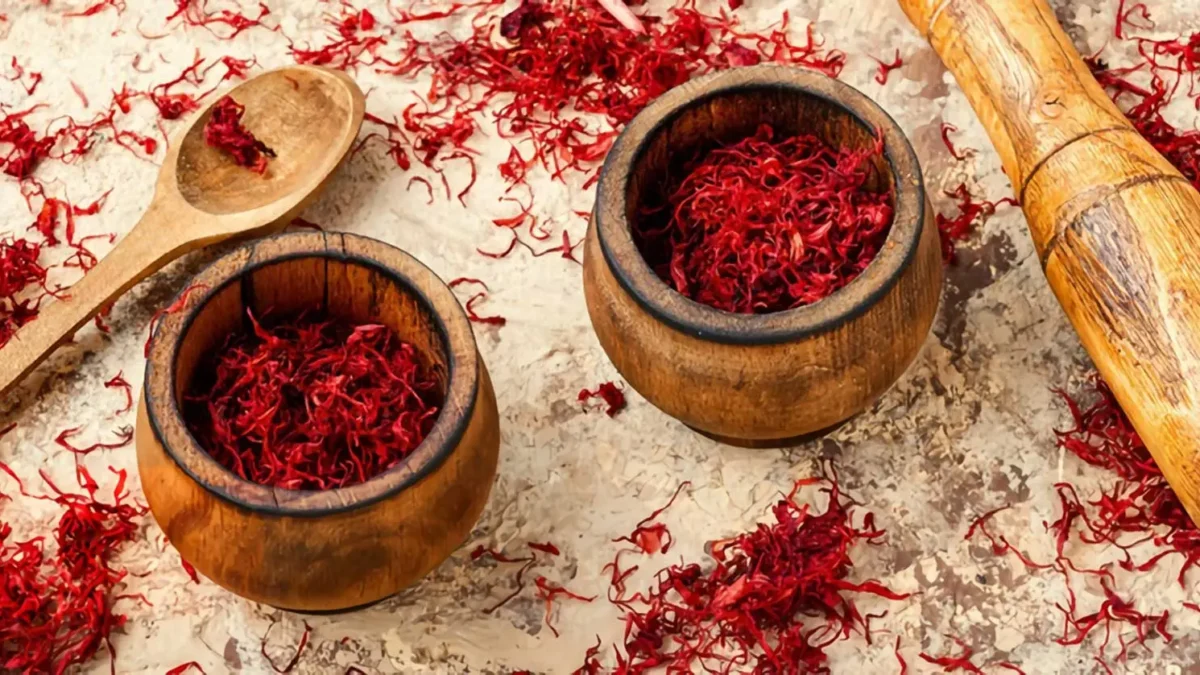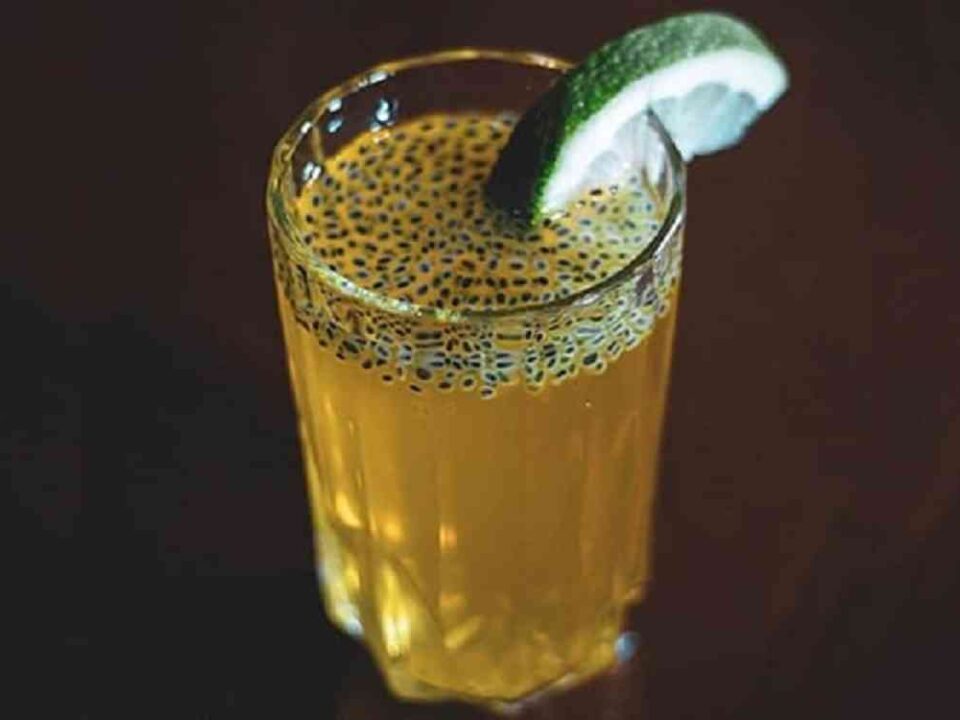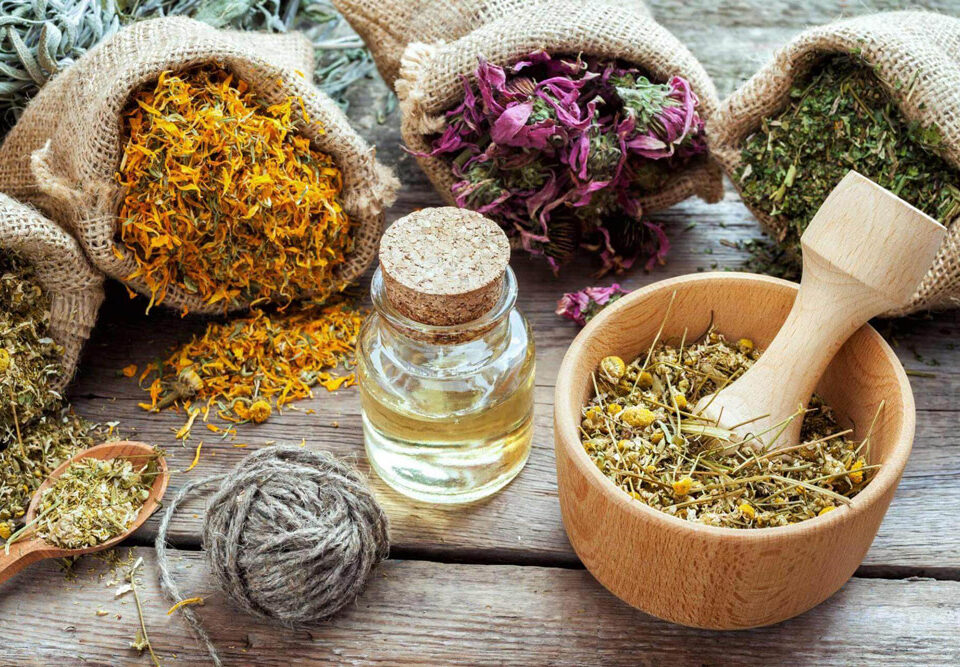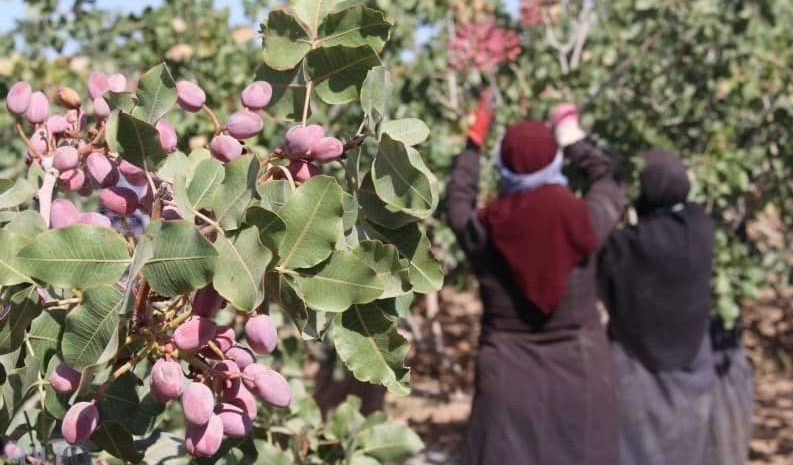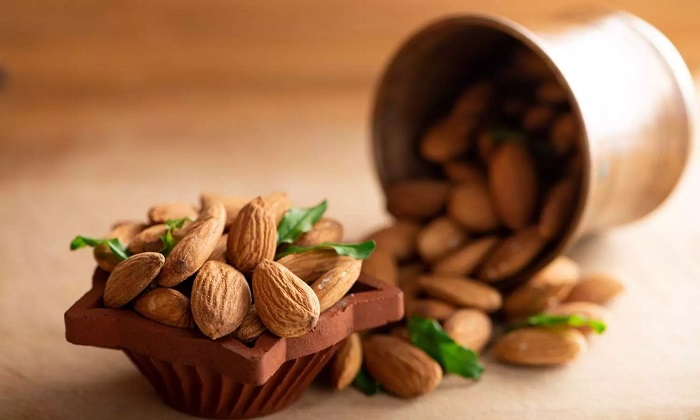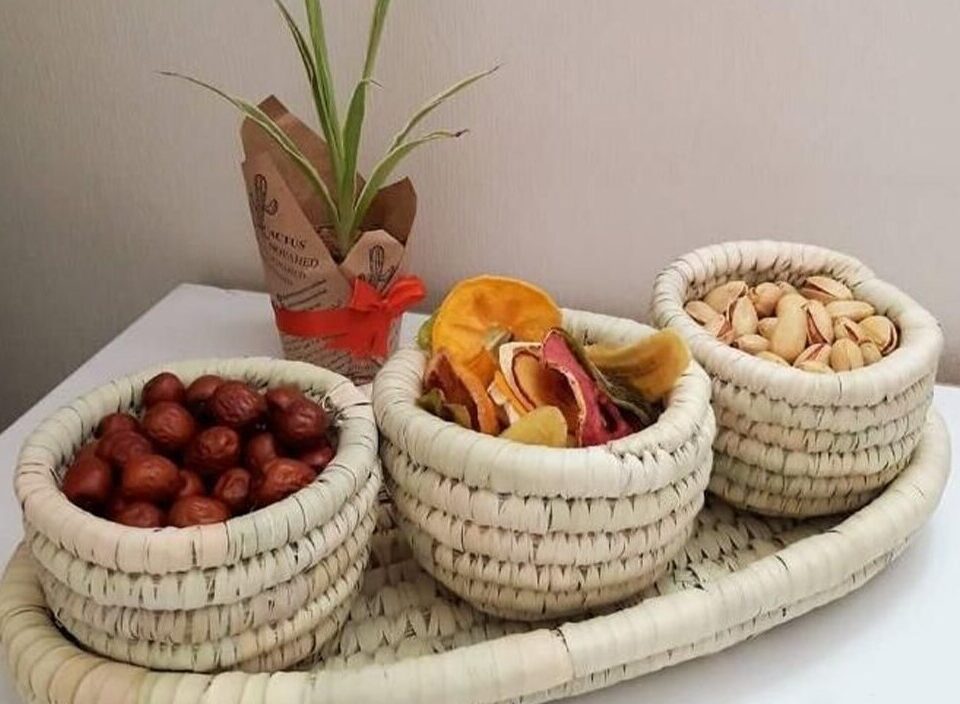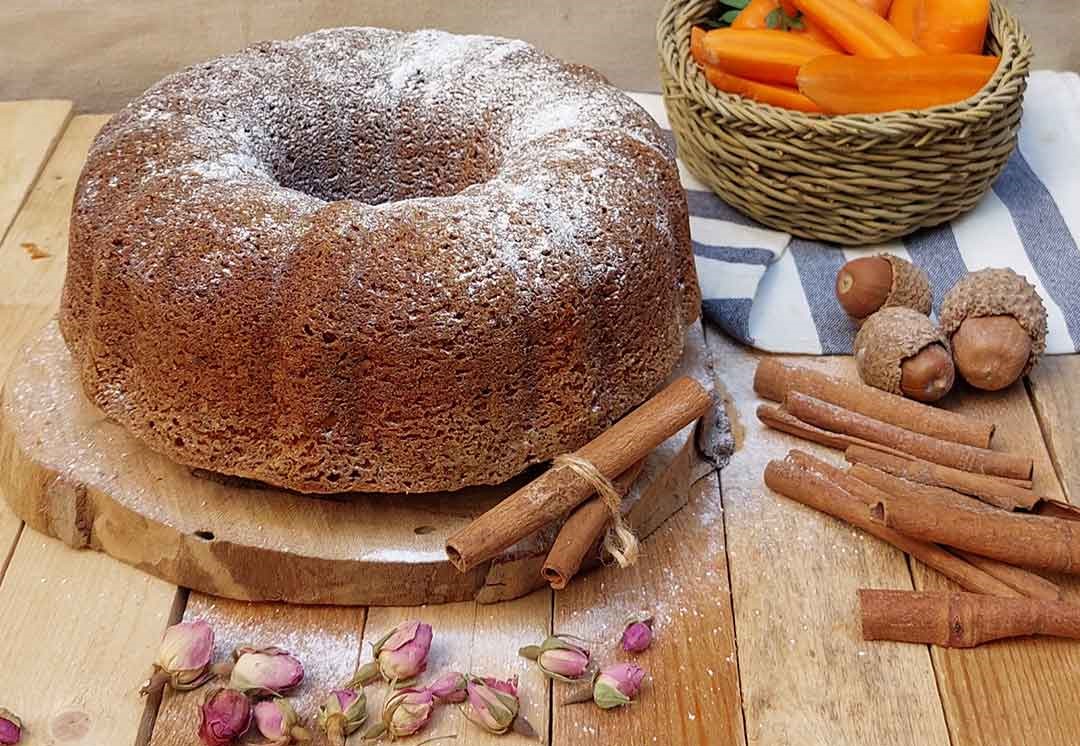
Unique Iranian Spices for Baking

How to Create a Balanced Diet with Dried Fruits and Nuts
Why Iranian Saffron Stands Out in the World Market
Iranian saffron, often referred to as the “red gold” of spices, is renowned across the globe for its superior quality, deep color, rich flavor, and numerous health benefits. Saffron, derived from the dried stigmas of the Crocus sativus flower, has been cultivated in Iran for thousands of years, and the country remains the largest producer and exporter of this highly prized spice. Iranian saffron dominates the global saffron market, and its unmatched characteristics set it apart from saffron produced in other countries. Here’s why Iranian saffron is so popular worldwide and why it stands out in the international market.
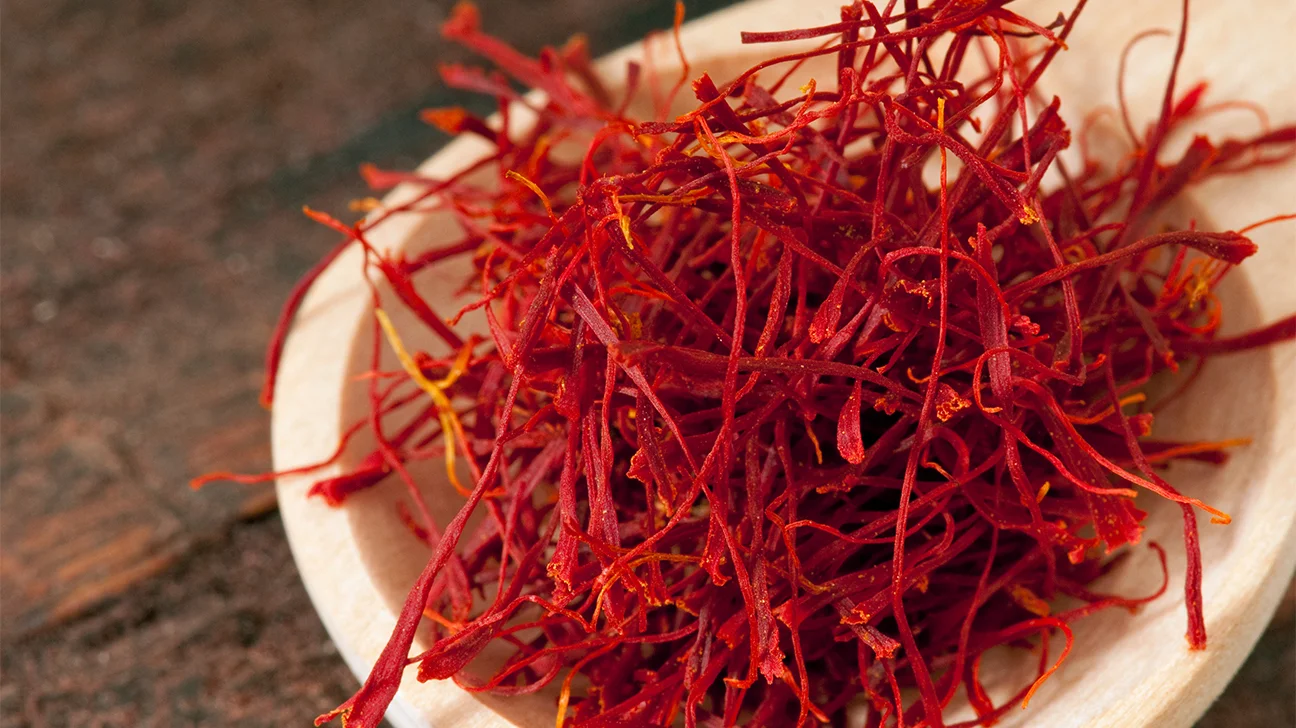
Persian Saffron
1. Ideal Climate and Geographical Conditions
Iran’s unique geographical and climatic conditions provide the perfect environment for saffron cultivation. Saffron requires very specific growing conditions, and Iran’s semi-arid climate, hot summers, and cool winters create the ideal environment for saffron crocus flowers to thrive.
Key Growing Regions in Iran:
- Khorasan Province: The province of Khorasan in northeastern Iran, particularly the city of Torbat-e Heydarieh, is the heart of saffron cultivation. This region produces more than 90% of the world’s saffron.
- South Khorasan and Fars Provinces: These regions also produce high-quality saffron, contributing to the global supply with their distinct varieties.
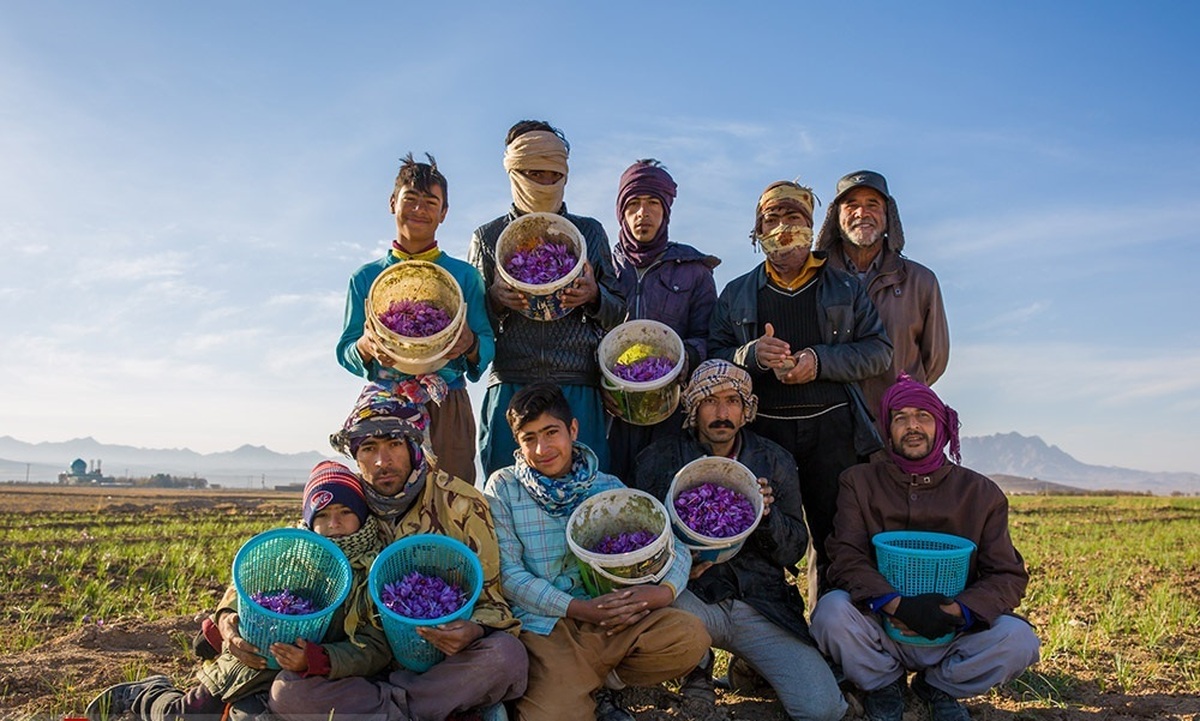
Persian Saffron in Torbat-e Heydarieh
Why the Climate Matters:
- Dry, semi-arid conditions are essential for saffron cultivation, as excessive moisture can cause the delicate crocus flowers to rot. Iran’s natural conditions allow the flowers to bloom fully, resulting in more vibrant and flavorful saffron.
- The quality of the soil in Iran, rich in nutrients but free from excessive chemicals, enhances the saffron’s natural properties, making it highly desirable in the global market.
2. Superior Quality and Rich Characteristics
Iranian saffron is widely recognized for its deep red color, strong aroma, and intense flavor. These characteristics distinguish Iranian saffron from other varieties produced in countries like Spain, India, or Greece.
Quality Attributes of Iranian Saffron:
- High Crocin Content: Crocin is the compound responsible for saffron’s bright red color. Iranian saffron is known for its high crocin levels, giving it a more intense hue, which is considered a mark of superior quality.
- Strong Aromatic Compounds: Safranal is the compound that gives saffron its distinct aroma. Iranian saffron is rich in safranal, which enhances its fragrance, making it more potent and aromatic than other varieties.
- Rich Flavor: The strong flavor of Iranian saffron, derived from its high picrocrocin content, makes it ideal for cooking, as a small amount goes a long way in flavoring dishes.
Why Quality Matters:
- The vivid color and aromatic intensity of Iranian saffron make it the preferred choice for chefs, food enthusiasts, and industries around the world, from high-end restaurants to cosmetics and pharmaceuticals.
- Because of its high concentration of active compounds, a small pinch of Iranian saffron is sufficient to flavor and color dishes, making it more economical despite its premium price.
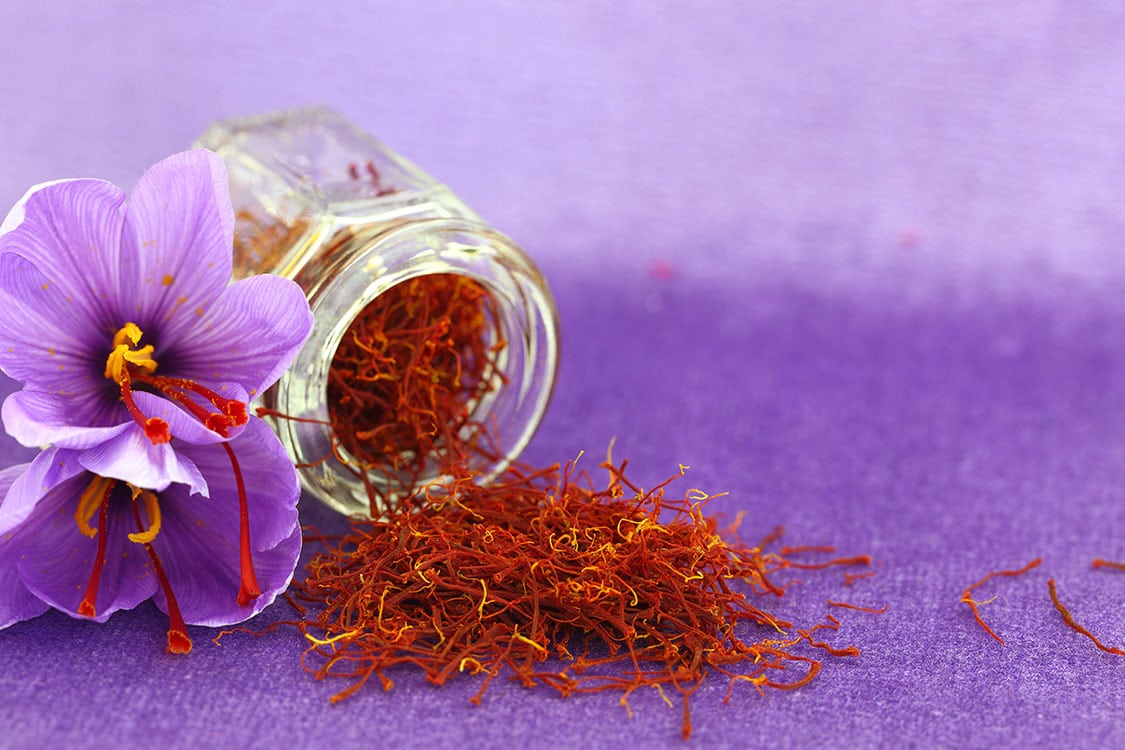
Persian Saffron
3. Traditional Harvesting and Processing Methods
Iranian saffron is still harvested and processed using traditional methods, ensuring that its quality and authenticity remain intact. The delicate nature of the saffron crocus requires careful handling, and Iranian farmers have perfected the art of saffron cultivation over generations.
Harvesting Process:
- Hand-Picking: Saffron is harvested by hand during a short bloom period in the autumn. Farmers carefully pick the delicate flowers early in the morning before the sun fully rises, ensuring that the saffron threads remain fresh and intact.
- Drying: The stigmas (threads) of the saffron flower are separated by hand and dried in a controlled environment. The drying process is crucial, as it locks in the aroma, color, and flavor of the saffron.
Why Traditional Methods Matter:
- Preserve the Quality: Hand-picking and traditional drying methods preserve the saffron’s natural qualities, ensuring that the final product is potent and unadulterated.
- Sustainability: Many Iranian saffron farms use sustainable farming practices, ensuring the long-term health of the soil and the environment while maintaining the highest quality standards.
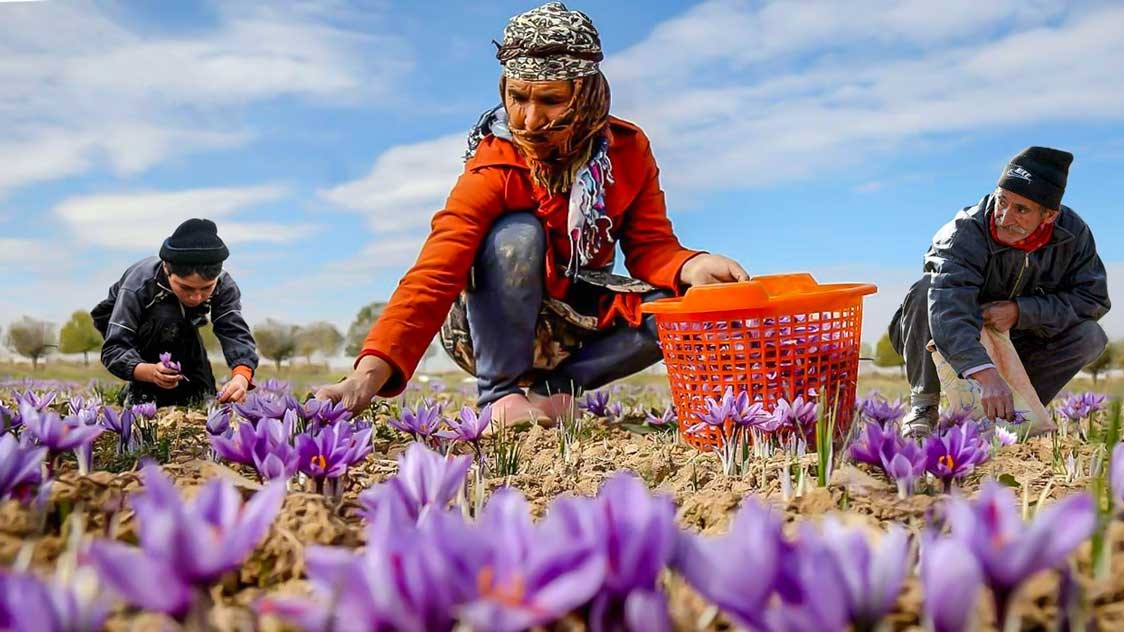
Persian Saffron
4. Global Demand for Iranian Saffron
Iranian saffron is highly sought after in international markets, and its global demand continues to grow. Despite political and economic challenges, such as international sanctions, Iranian saffron remains a favorite among buyers due to its exceptional quality and versatility.
Major Export Markets:
- Europe: Countries like Spain, France, and Italy are major importers of Iranian saffron, often using it in traditional dishes like paella, bouillabaisse, and risotto alla Milanese.
- Middle East and North Africa: Saffron is an essential ingredient in regional dishes like Moroccan tagine and Arabian coffee, and Iranian saffron is the preferred choice due to its rich flavor.
- China and India: In Asia, saffron is used in both cuisine and traditional medicine. Chinese and Indian markets are large consumers of Iranian saffron, using it in dishes like biryani and as a remedy in Ayurvedic medicine.
- United States: The U.S. market has also shown growing demand for Iranian saffron, particularly in high-end culinary and health industries.
Why Iranian Saffron is in High Demand:
- Versatility: Iranian saffron is used in a wide range of industries, from culinary applications to cosmetics and pharmaceuticals. Its health benefits, such as its antioxidant properties and mood-enhancing effects, have made it increasingly popular in wellness products.
- Consistency in Quality: Iranian saffron producers maintain a consistent standard of quality, making their products a reliable choice for international buyers looking for the best saffron available.
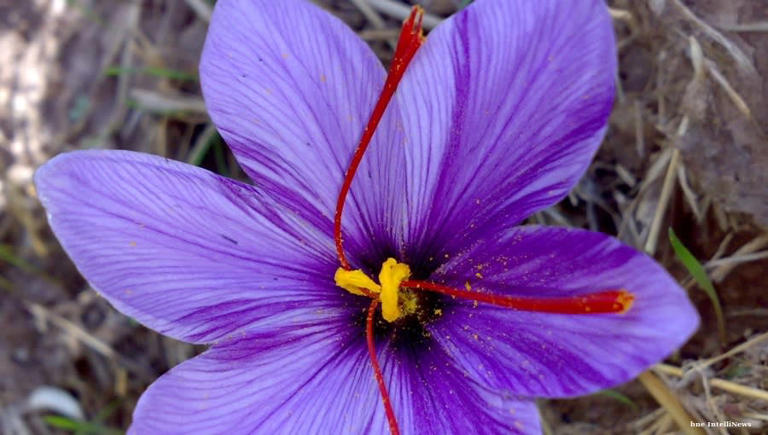
Iranian Saffron
5. Cultural and Historical Significance
Saffron holds deep cultural and historical significance in Iran, where it has been cultivated for over 3,000 years. It is an integral part of Persian culinary traditions, festivals, and medicinal practices, and its cultivation is a source of pride and heritage for many Iranian farmers.
Historical Role of Saffron in Iran:
- Medicinal Use: In ancient Persia, saffron was prized for its medicinal properties. It was used to treat a variety of ailments, from depression to digestive issues, and was believed to promote general well-being.
- Culinary Importance: Iranian saffron is used in a wide variety of Persian dishes, such as Chelo (saffron rice), Sholeh Zard (saffron rice pudding), and Bastani (Persian saffron ice cream). It is a symbol of luxury and is often used in special dishes for celebrations like Nowruz (Persian New Year).
- Symbol of Prosperity: Saffron has long been associated with wealth and prosperity in Persian culture. Its luxurious nature has made it a staple in Persian households for centuries, used in both food and as a valuable trade commodity.
Why Cultural Heritage Matters:
- The deep cultural ties between Iran and saffron cultivation lend an authenticity to Iranian saffron that is unmatched by saffron produced elsewhere. Consumers and chefs around the world recognize Iranian saffron not only for its quality but also for its cultural authenticity, which adds to its global appeal.
6. Saffron’s Health Benefits
Iranian saffron is not only valued for its culinary uses but also for its health benefits, which have been recognized for centuries in both Persian and global medicinal practices.
Key Health Benefits:
- Antioxidant Properties: Saffron contains powerful antioxidants like crocin, picrocrocin, and safranal, which help combat oxidative stress in the body and reduce inflammation.
- Mood-Enhancing Effects: Saffron has been used as a natural remedy for depression and anxiety. Studies have shown that saffron may increase levels of serotonin, promoting a sense of well-being.
- Digestive Health: Saffron is traditionally used in Iran to promote digestive health, soothe the stomach, and improve appetite.
Why Health Benefits Matter:
- The growing interest in natural remedies and wellness products has contributed to the rising demand for Iranian saffron. As more research highlights the health benefits of saffron, it has gained popularity not only in kitchens but also in health supplements and cosmetics around the world.
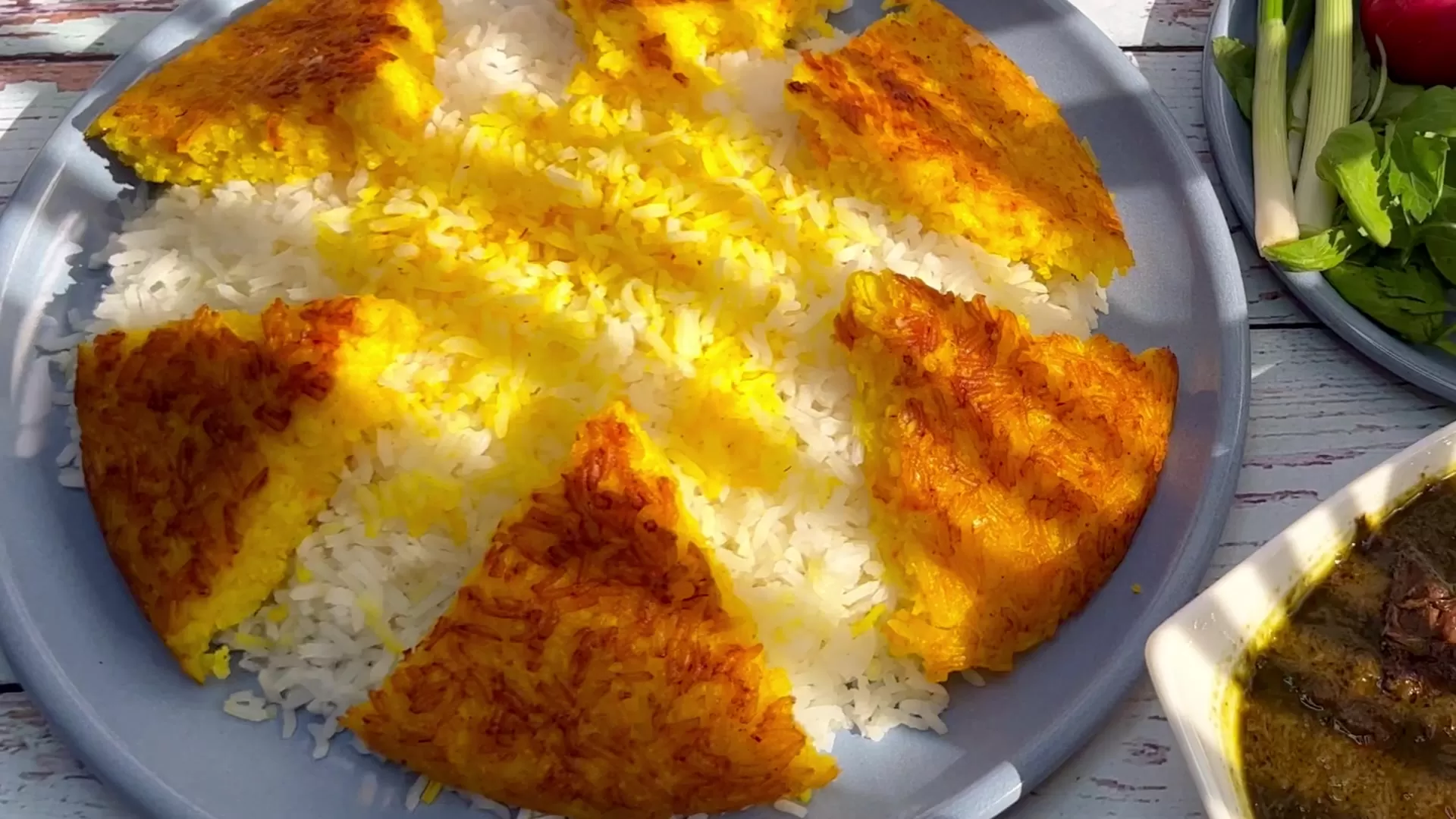
Saffron Rice (Chelo)
Conclusion
Iranian saffron continues to stand out in the world market due to its superior quality, rich history, and cultural significance. The combination of Iran’s ideal growing conditions, traditional harvesting methods, and the unparalleled color, flavor, and aroma of its saffron has made it the most sought-after variety in the world. Whether used in high-end cuisine, cosmetics, or wellness products, Iranian saffron remains a symbol of luxury, authenticity, and excellence.

